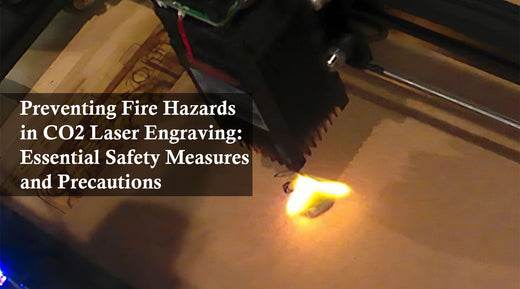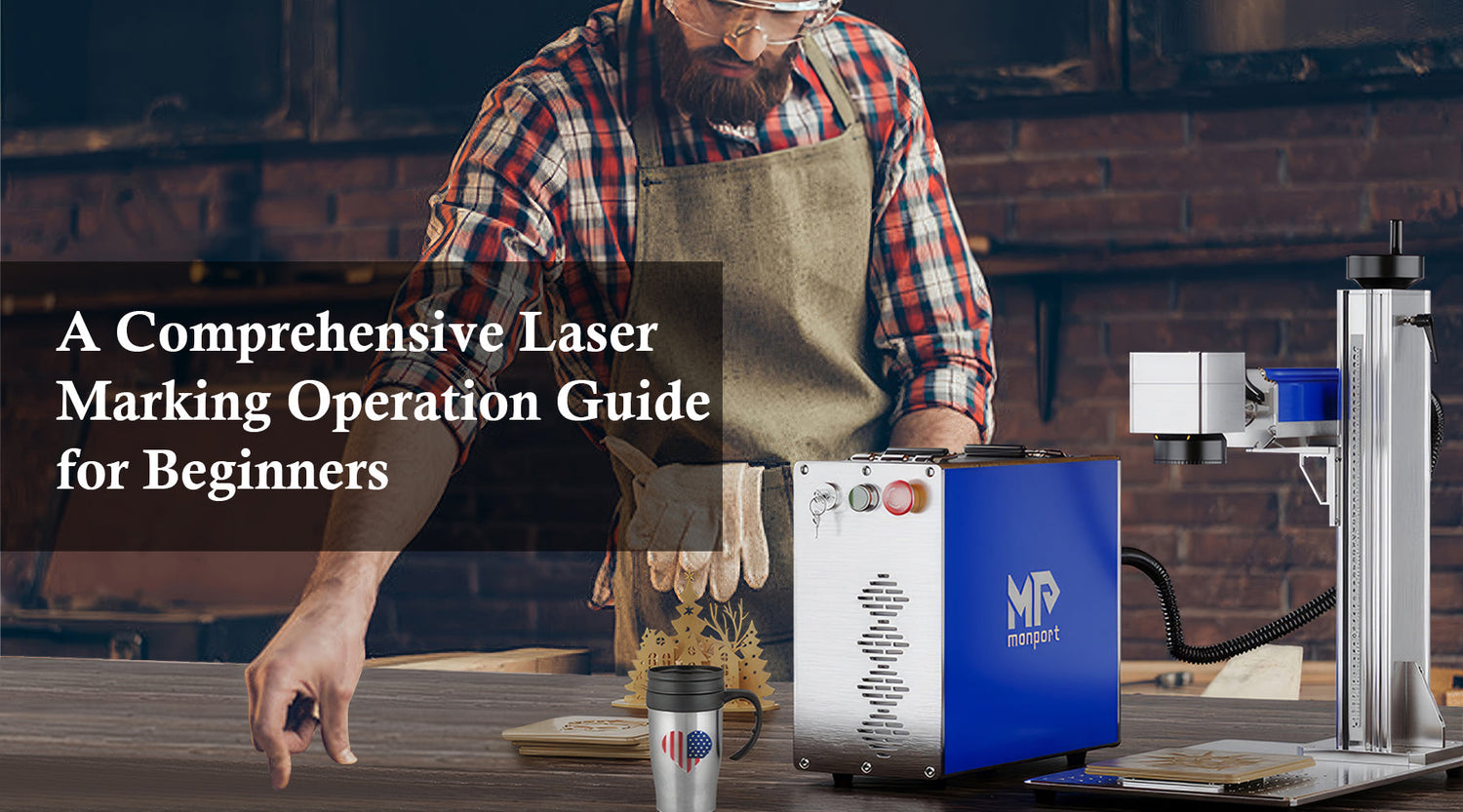"Is CO2 laser safe?" This question often arises among those unfamiliar with laser technology. The answer lies not just in the inherent properties of the CO2 laser itself but also in how it is handled and operated. Ensuring both the personal safety of operators and the optimal functioning of the equipment demands strict adherence to operational procedures and safety protocols when using a laser machine for marking.
For the personal safety of operators and the smooth operation of machines and equipment, the use of laser machine for marking must be inspected and used in accordance with specifications, and good specifications must be formed in long-term work and standardized. This article will introduce you to the operating procedures and safety regulations necessary to protect personnel and equipment integrity when fully utilizing CO2 laser machine for marking.

1. Check beforehand
Check the laser head, check the focusing mirror, check the cooling system and exhaust system is smooth.
2. Power on debugging
Turn on the air pump, turn on the chiller (usually, Monport's co2 engraver doesn't need to start the air pump and chiller separately), and then turn on the emergency stop button, equipment switch, and turn on the key switch in turn.
3. Preparing for processing
Place the material to be engraved, set the corresponding processing parameters according to the material, including laser power, laser speed, focus size and other parameters, simulate the engraving on the sample, adjust the parameters in accordance with the process requirements, and then start proofing test. monport suggests that if you are not sure of the appropriate parameters, it is recommended that the test from the minimum value (power, speed, etc.) gradually increase.
4. Proof test
Start sampling test, engraving through the laser board card or the information displayed on the operating software to determine whether the processing time and power is reasonable, check the finished product after the completion of the engraving, to see whether there is engraving discoloration, blackening of the material, uneven cut seam, cut impermeable and other issues.
5. Adjustment of process
According to the sample, adjust the processing technology, and then continue to test until the finished carving meets the process requirements.
6. Others
When the machine is working, please do not leave, be sure to have someone to guard, to avoid fire and other accidents; wear good laser protective glasses; keep the workplace air circulation, processing exhaust according to local environmental requirements, please handle properly (by smoke purifier or fan excluded to the outdoors).
Conclusion
Operating CO2 laser engraving equipment safely and effectively requires strict adherence to safety protocols and operational guidelines. By implementing proper protective measures and following best practices, you can minimize the risk of laser-related injuries and extend the longevity and performance of your laser machine for marking. Whether used for industrial applications, artistic projects, or scientific research, safety is paramount.
If you’re ready to invest in a high-quality CO2 laser machine for marking, Monport offers advanced laser engraving equipment designed for precision and reliability. Whether you’re new to laser machine for marking technology or looking to upgrade your current setup, Monport provides expert guidance and dependable solutions. Shop now at monportlaser.com and get 10% off with code BESTMP10 at checkout – click here to shop!
Ready to upgrade your workspace with reliable, high-performance CO2 laser machines for marking? Visit monportlaser.com and use code BESTMP10 at checkout for 10% off your purchase – click here to shop!










